When one thinks about the ways émigrés from Russia and the former Soviet Union have influenced the western culture and society, aerospace, science, music, literature and film are likely the first things that come to mind.
Wine? Not so much.
Yet, as it turns out, it was a charismatic Russian émigré who helped lead California’s West Coast and Washington state to winemaking glory in the twentieth century transformation. And now, in the twenty-first century, some expats from the former Soviet Union are building on that heritage and making a rather distinguished mark in the industry.
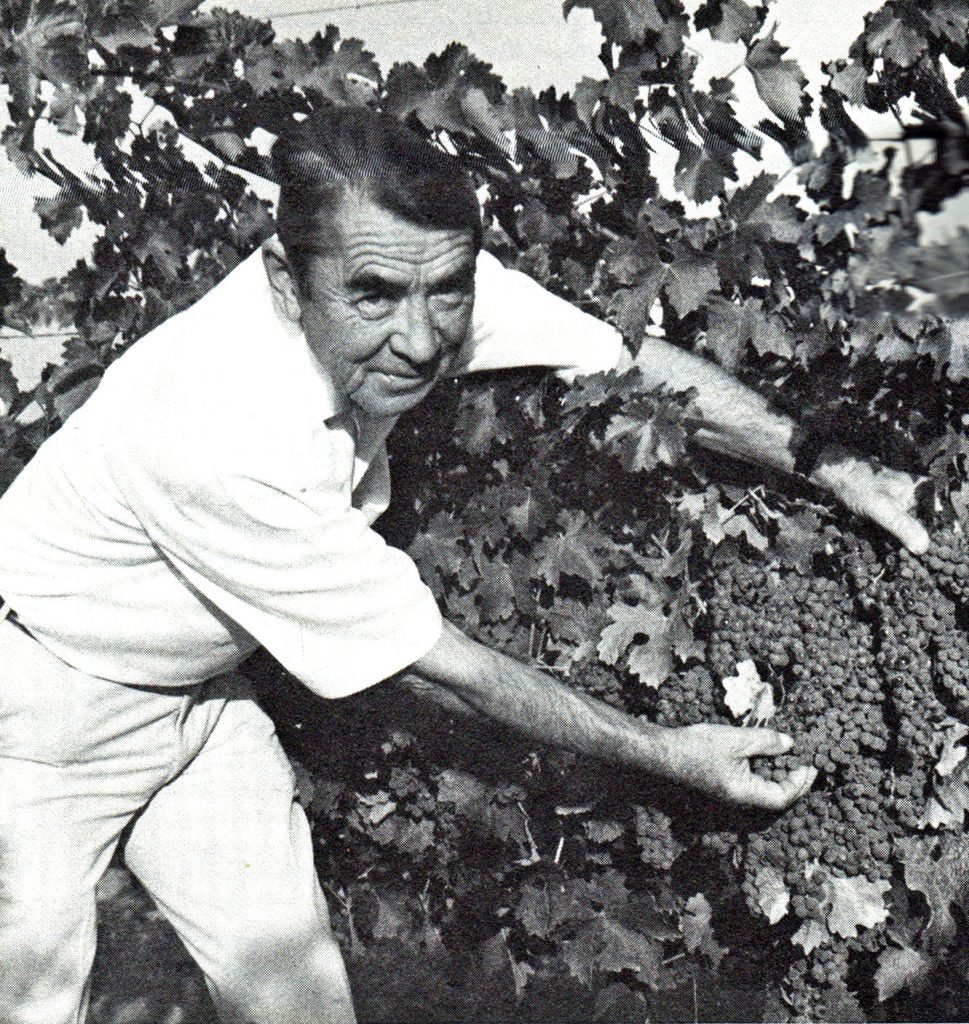
André Tchelistcheff was a man of diminutive stature, all of five foot tall. Yet to many he was a colossal figure in the art and science of winemaking.
Born into a family of Moscow aristocrats in 1901, he naturally fought on the side of the Whites in the Russian Civil War. Severely wounded and left for dead in a Crimean battlefield, Tchelistcheff was miraculously rescued by a Cossack horseman and succeeded in emigrating to be with his family in Eastern Europe. There, he began studying agriculture, followed by viticulture and oenology at the Pasteur and National Agronomy Institutes in France.
Georges de Latour, Dordogne native, bought Napa Valley’s Beaulieu Estate in 1899. During the Prohibition, when much of the valley’s wine production withered and died, de Latour made a fortune selling sacramental wine.
After the repeal of Prohibition in 1933, de Latour decided that he wanted to craft California wine to rival the best of what France had to offer. He was convinced that only a French winemaker would be up to the task, so he traveled to Paris in 1938 and called on the Pasteur Institute. There he said he wanted to hire the best French oenologist. The dean’s response was, “Do you wish to hire the best French oenologist or the best oenologist, period?” Giving it a moment’s thought, de Latour decided on the later and was promptly introduced to Tchelistcheff, who agreed to join Beaulieu as his head winemaker. He remained at Beaulieu Vineyards until his retirement, in 1973. Consequently, during his tenure at the brand, he had a profound impact on the entire California wine industry.
When Tchelistcheff arrived in Napa in 1938, half the wines were sweet or fortified, the rest were underwhelming. Tchelistcheff is widely credited with critical winemaking innovations like cold soak, frost protection, malolactic fermentation, barrel aging, and cellar sanitation practices. His “Georges de Latour Private Reserve” became a standard for world-class Napa Valley Cabernet Sauvignon.
Tchelistcheff also developed entirely unknown winemaking regions in Napa’s Carneros district, where he cultivated Pinot Noir with cuttings rumored to have originated from Domaine de la Romanee-Conti. In addition, he pioneered prominent growing regions in Oregon and Washington. While in Snohomish, Washington, Tchelistcheff mentored his nephew, Alexander Golitzyn, who, with his uncle’s encouragement, started the renowned Quilceda Creek Vintners. Several perfect 100-point scores from wine critic Robert Parker made Quilceda one of the world’s most celebrated wineries.
Throughout his career, he consulted at such celebrated wineries as Buena Vista (which he then partly owned), Chateau Ste. Michelle, Columbia Crest, Erath, Franciscan, Firestone, Field Stone, Grgich Hills, Jordan, Heitz Cellars, Louis M. Martini, Mondavi, Neibaum-Coppola, Rubissow and Sequoia Grove.
Tchelistcheff was a catalyst for bold oenological innovation. He was doggedly dedicated to science and utilized every nuance that he extrapolated in his lab into practice. Yet it was his charisma and Old World charm that made him that made him more memorable than even his most illustrious accomplishments. That and the fact that he was totally free of pretense. He was always willing to be a mentor to anyone who asked him for advice. He was instrumental in the lives of such industry luminaries as Joel Aiken, Jill Davis, Mike Grgich, Joe Heitz, Louis P. Martini, Robert Mondavi, Warren Winiarski and many more.
As renowned winemaker Greg La Follette remembers, “André Tchelistcheff was my foremost influence in the wine industry (aside from my mom and dad, of course) He exhorted me to ‘live the wine’ in more than just speech alone. The most amazing thing about André was his ability to pull a vast wealth of knowledge out of his pocket, hold it out in his hand for me as a young winemaker to pick up, examine this proffered nugget of wisdom, put it in my own pocket, or place it back in his hand. He didn’t try to push anything on anyone, unless that anyone was potentially screwing up a wine, and was gentle in articulating his passion for all things vinous.”
From Ice to Vine
Valeri Vladimirovich Bure was born in Moscow in 1974. His father, Vladimir, had been a three-time Olympic swimmer (and two-time medalist). This may account for some of his and his brother Pavel’s fiercely competitive spirit. Both went on to excel in hockey as repeat Olympians. Valeri played ten seasons in the NHL, his older brother Pavel for 12; both retired in 2005.As a 20-something hockey superstar in Montreal and Los Angeles, Bure discovered an affinity for fine wine and food. He slowly started collecting wines that he enjoyed. And as his collection grew, so did his awareness that his hockey career would not last forever.
When an opportunity came along involving a partnership on a project in St. Helena, in the heart of Napa Valley, Valeri jumped on it. He was introduced to winemaker Luc Morlet, with whom he quickly bonded. The two became and still are lifelong close friends.
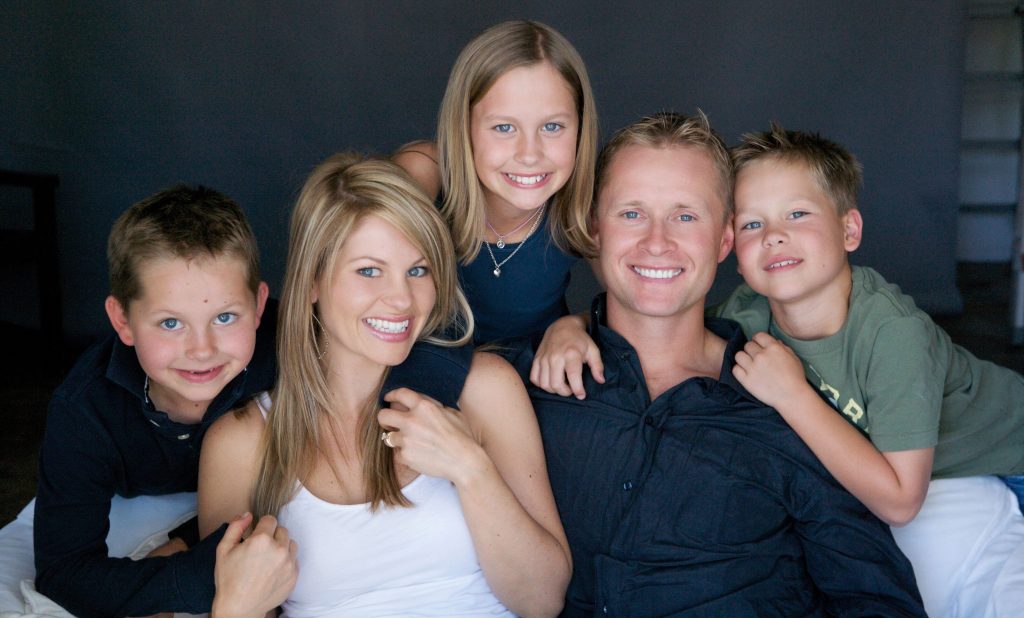
Meanwhile, Bure and his wife Candace Cameron Bure (the couple married in 1996, soon after meeting at a charity hockey game; together they have three children, Natasha, Lev and Maksim) decided that they wanted a house in St. Helena, with five to six acres of vineyards. They spent considerable time looking for a house with a small vineyard. It was far more difficult to find than originally anticipated. After years of looking, the Bures discovered a perfect property; alas it was not for sale. They persevered and struck a deal with the owner anyway.
The charming location came with a picturesque hillside vineyard that was planted in 2001 to a Bouchet clone by a well-known vintner, Dick Grace.
Bure had a strong vision for his Cabernet Sauvignon. He said it was to be an elegant, yet rich and powerful wine that emanated something so irresistible that no wine drinker would escape its magic. He sought to create an exclusive, high-end, hands-on undertaking that he can pass on to his kids.
In 2006 he called on his good friend Luc Morlet, a French winemaker who hails from the Champagne region, to partner with him in producing the wine. Luc was a winemaker for the exclusive Peter Michael Winery for many years. Bure and Morlet share the same mentality. Their motto is: “Love wine, work hard.” Bure said he relishes the 3 am wake-up calls during harvest time.
Yet Bure wants more than to work hard. He wants to create a legacy; a brand that he can pass on to future generations. Consequently, his passions and aspirations center around taking care of his vineyard and cellar work.
Eventually, he decided that, in addition to Cabernet, he wanted to produce Chardonnay. He and Morlet resolved to make a traditional wine with a timeless vibe. In general, Bure seeks to create the wines of precision, concentration and focus.
When one considers his family heritage – watchmakers to the tsar for over a century, perhaps this quest is un-surprising. The dynasty’s originator, Swiss-born Eduard Bure, is said to have been the first watchmaker to attach a small strap to a watch so that it could be worn on a wrist. His watches now grace museum collections.
Still, Bure’s is an intentionally recognized, small-scale winery. Small enough that Bure and Morlet can hand-pick every oak barrel used and personally watch over the entirety of the process. Everything is hand-done. If a label is off by a millimeter, it gets immediately corrected manually. In addition to the standard bottlings, the Bures bottle about sixty magnums, which are in high-demand.
Blending sessions are Bure’s favorite part of the process. They involve blending wine from different vineyards, or even rows, to produce that perfect bottle of wine. He likes order, yet has the good sense to know when not to force it. Sometimes, he says, it’s as important to get out of the way as it is to participate.
With wine lots of just 100-150 cases, 96 percent of Bure Family Wines’ Chardonnay is sold directly to the consumer. And it has gained an avid following; there is a long waiting list of buyers, hoping to add Bure bottles to their collections.
Valeri also likes to make a personal connection with his customers. “Each bottle tells our story,” he says. He counts is mailing list subscribers as “part of the family,” and, ever the gracious host, he often personally receives customers at his property and treats them to tastings along with wood-fired pizza.
Bure said he believes in pushing himself beyond his limits; working twice as hard as his competition. “Hard work is unlimited” is a something heard frequently in the Bure family, he says. While his dream is to work side-by-side with his kids in the vineyard, his most avid hope is that they will pour 100 percent of their hearts into whatever they decide to pursue. “Do whatever makes you happy,” he councils his kids, “just do it all the way.”
Perseverance Pays Off
Millions of tourists take in the idyllic splendor of Napa Valley each year. And seldom is the visitor who does not fantasize about becoming a winery owner. Yet the reality is stark. As the local joke, oft repeated has it: “If you want to make a million in the wine business, start out with three.”
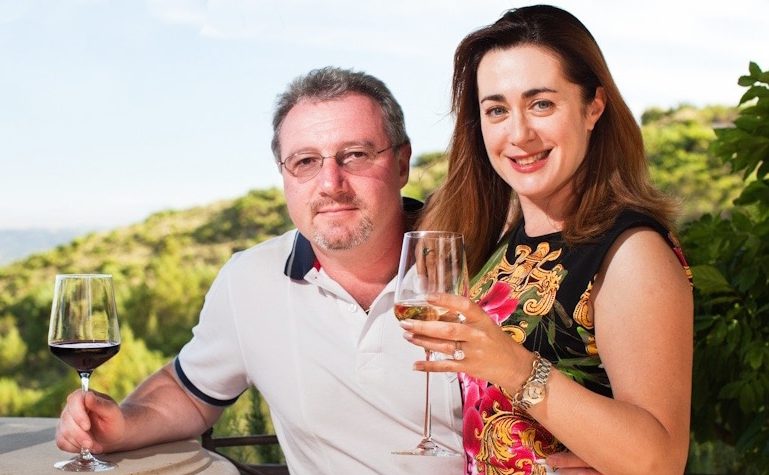
When Henry and Olga Patland visited Napa, they too fell in love with the region and gradually developed a determination to pursue their passion for wine.
Henry Patland’s family (two grandmothers, his parents, a sister, and himself) emigrated from Ukraine in 1978. They arrived in California in 1979, when he was just 12 years old. Five years later, he entered UC Santa Cruz, where he studied computer engineering and met his future business partner, Wade Ogle. Together, they would build an innovative high-tech business, Integral Solutions. The success of that company would ultimately finance Henry’s other passion, wine.
Olga’s family also emigrated from Ukraine, and she and Henry met in college, where she had pursued degrees in communications and marketing. They married in 1989. In the late 1990s, with the stresses and demands of starting a business and a family in tandem, the only vacations Olga and Henry could afford were the day visits to nearby Napa Valley. They quickly learned to appreciate great wine, but did not have enough funds to acquire it. They frequented small vineyards and artisanal, “mom and pop” wineries; the brands which were completely hands-on. Over the years, they watched the evolution and the success of such businesses. They were intrigued, inspired and infatuated, and they began to dream of owning their own winery.
Then, in 2007, Henry received an offer to buy his company. By fateful coincidence, during that time, he and Olga also discovered a Soda Canyon vineyard, “Terra del Cuore” (Italian for “Land of the Heart”) True to its name, it captured their hearts. It was, for them, the perfect property.
Atop a terraced mesa, on 36 acres at 1600 ft. elevation sits a troika of breathtaking, Mediterranean-style houses. The expansive views stretch as far as San Pablo Bay and Mt. Diablo. The grounds include fruit (such as pomegranate) and olive trees, cypresses, and oleander. Flowerbeds and vines further enhance the landscape. The property held massive untapped potential.
However, the offer to buy Integral Solutions fell through. Undaunted, the couple was so captivated by the site that they knew that there was no turning back. They acquired Terra del Cuore from Jack Daniels, founder of Wilson-Daniels, who was relocating to Cabo San Lucas.
Their first task at hand was hiring a winemaker who understood their vision and the challenges at hand. Henry sat down with their vineyard manager, Javier Renteria, and told him that he was looking for a winemaker. Javier asked what kind of wine Henry wanted to produce. His answer was, “bold, complex, rich, layered, delicious, smooth, balanced, Napa Valley-style wine.”
“I know the right guy for you!” Renteria responded. That guy was Jay Buoncristiani, previously the head winemaker at The Hess Collection.
So, in 2007, Patland Estate Vineyards was born. At the time, the property was planted to international varietals, such as Merlot, Petite Syrah and Sangiovese. The original estate blends, crafted in 2007, were made with those grapes. The following year, the coincidence of a trip to South America and their winemaker’s recommendation to convert the winery’s acreage from these varietals to Malbec led to a replanting effort.
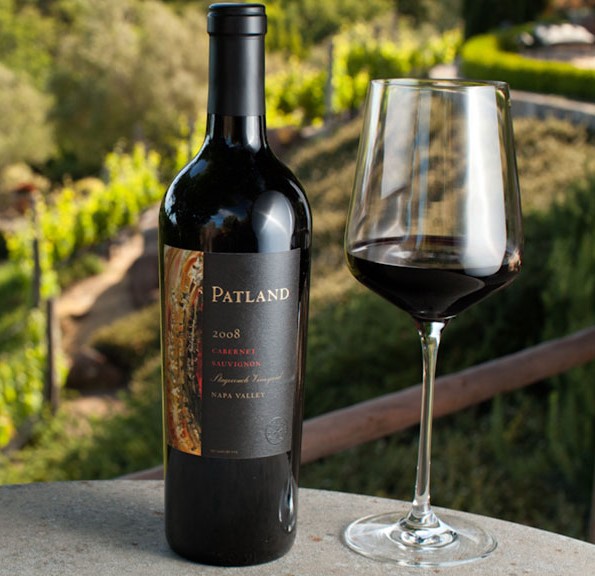
At the same time, the estate’s branding began to take shape. Their eldest son, Michael, created labels inspired by paintings the family acquired from a Bay Area artist who was originally from Croatia. Then a trip to Jerusalem yielded a momentous find, a silver coin that dated to 67 C.E. and had the image of a pomegranate on one side. Their Napa property had come planted with a number of pomegranates, which reminded Henry of Ukraine. Olga decided that the fruit would become a central symbol in their wine packaging. Now, the image of the coin is embossed on the front label of all their wines.
Many wineries strive to create highly coveted, small production, hard-to-find wines that sell direct to consumers. The Patlands currently produce around 2500 cases per year and plan to cap production at 5000, which makes for adequate scale, yet keeps the operation small enough to hand-craft the wines. In his own words:
Patland Estate Vineyards started as a labor of love. My wife and I found ourselves with the amazing opportunity to start making wine, and we were determined to make the best wine we could. While we hoped everyone else would enjoy Patland wines, our highest priority was to make wines that we ourselves would be proud to drink. Since we began, I’ve been pleased to see great interest and involvement from my children. As a result, what began as a hobby has now transformed into a real family business. We hope that the future will involve many more generations of the Patland family, and that soon the name will sit among the Napa Valley greats.
Their son Michael has taken an active and avid interest in the business, designing an exceptional visitor experience. Customers can taste in the Caves at Soda Canyon, where the wine is actually produced. Or they can select a tasting at the Patland Estate – Terra Del Cuore. Regardless, the setting is always gorgeous. The wines are delicious and selected based upon the guests’ tastes and the season. They strive to add a “personal touch.”
But, in the end, it is all about the wine. And Patland Estate Vineyards has received numerous awards and excellent industry recognition, attracting the attention of savvy wine aficionados. Their limited production, handcrafted wines, are beautifully made, true to their varietal character. The couple’s persistence and passion have paid off.
These two Napa vintners, Bure and Patland, do not wear their Slavic heritage on their sleeves. But that heritage is clearly evident in their focus on hospitality and in their passionate pursuit of their dream. This, mixed with the intense work ethic one expects of athletes, expats and émigrés, has led to the creation of two fine wine estates, each of which exudes quality, integrity, class and style—hearkening back to André Tchelistcheff, the influential and charismatic Russian-born enologist who was the key in transforming California’s Napa Valley.

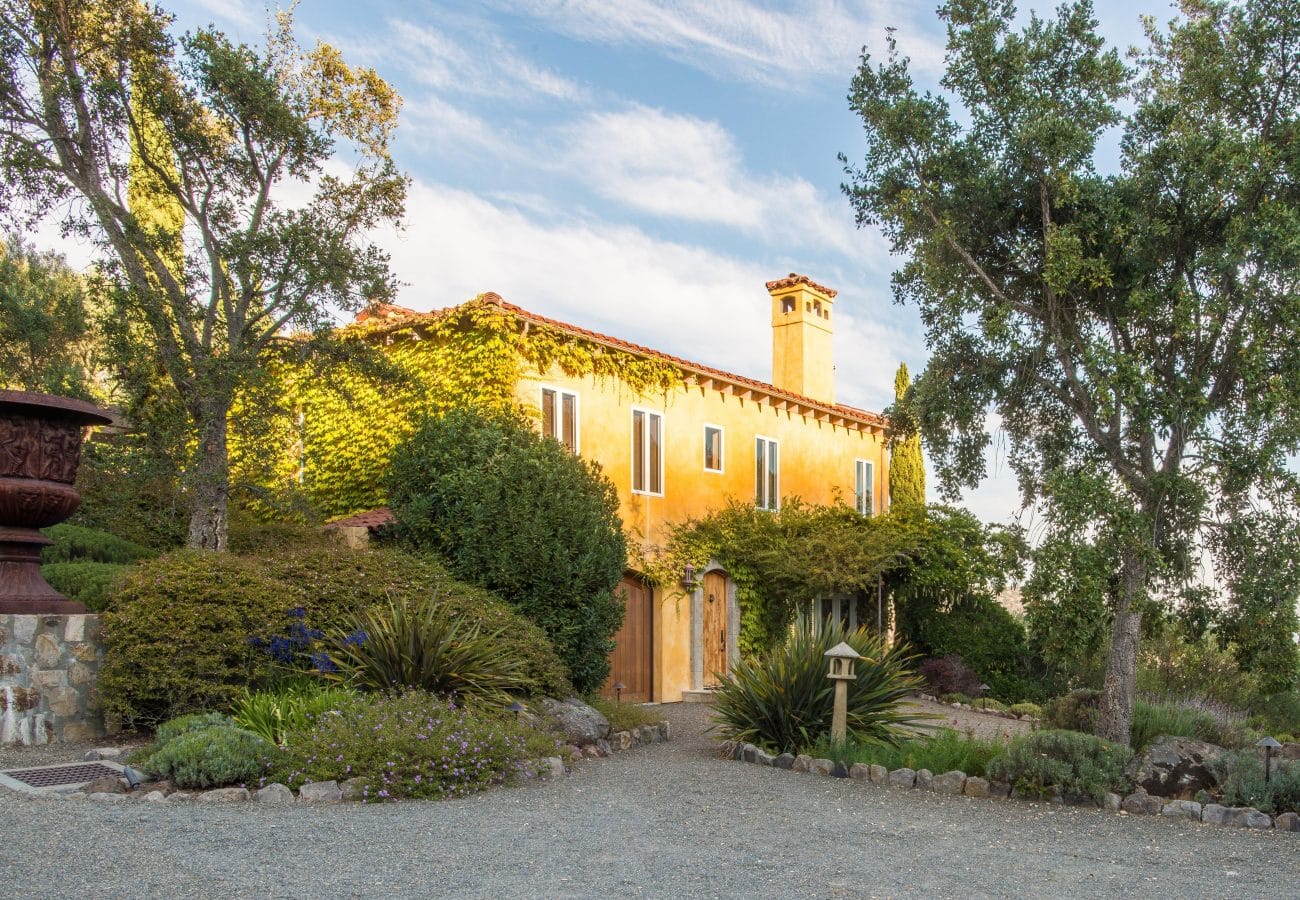

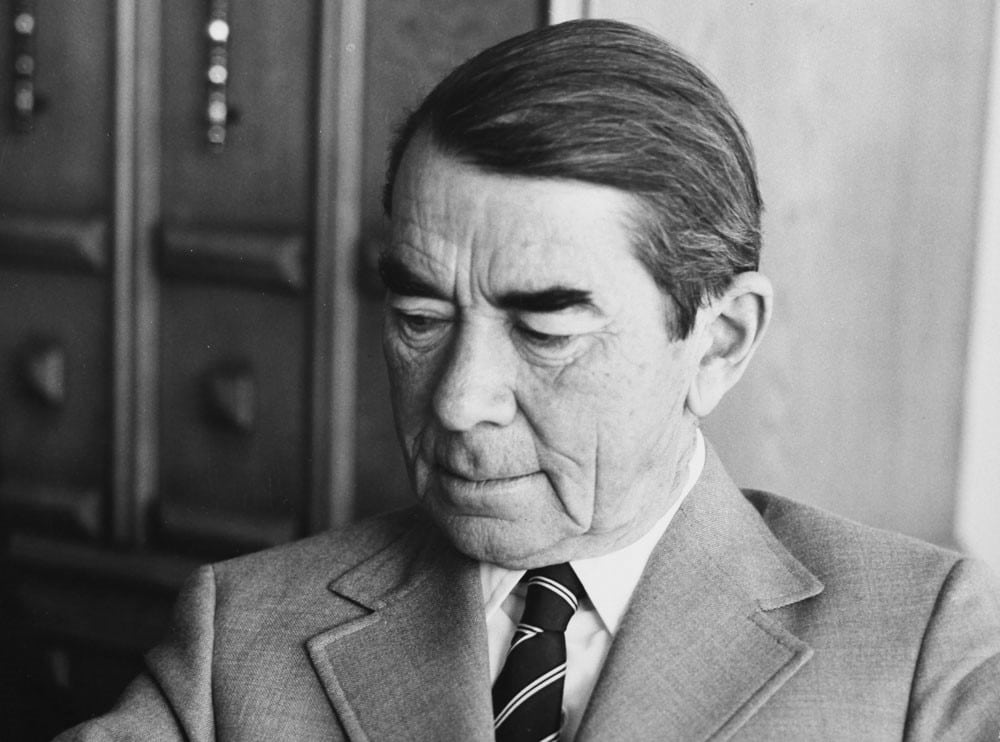
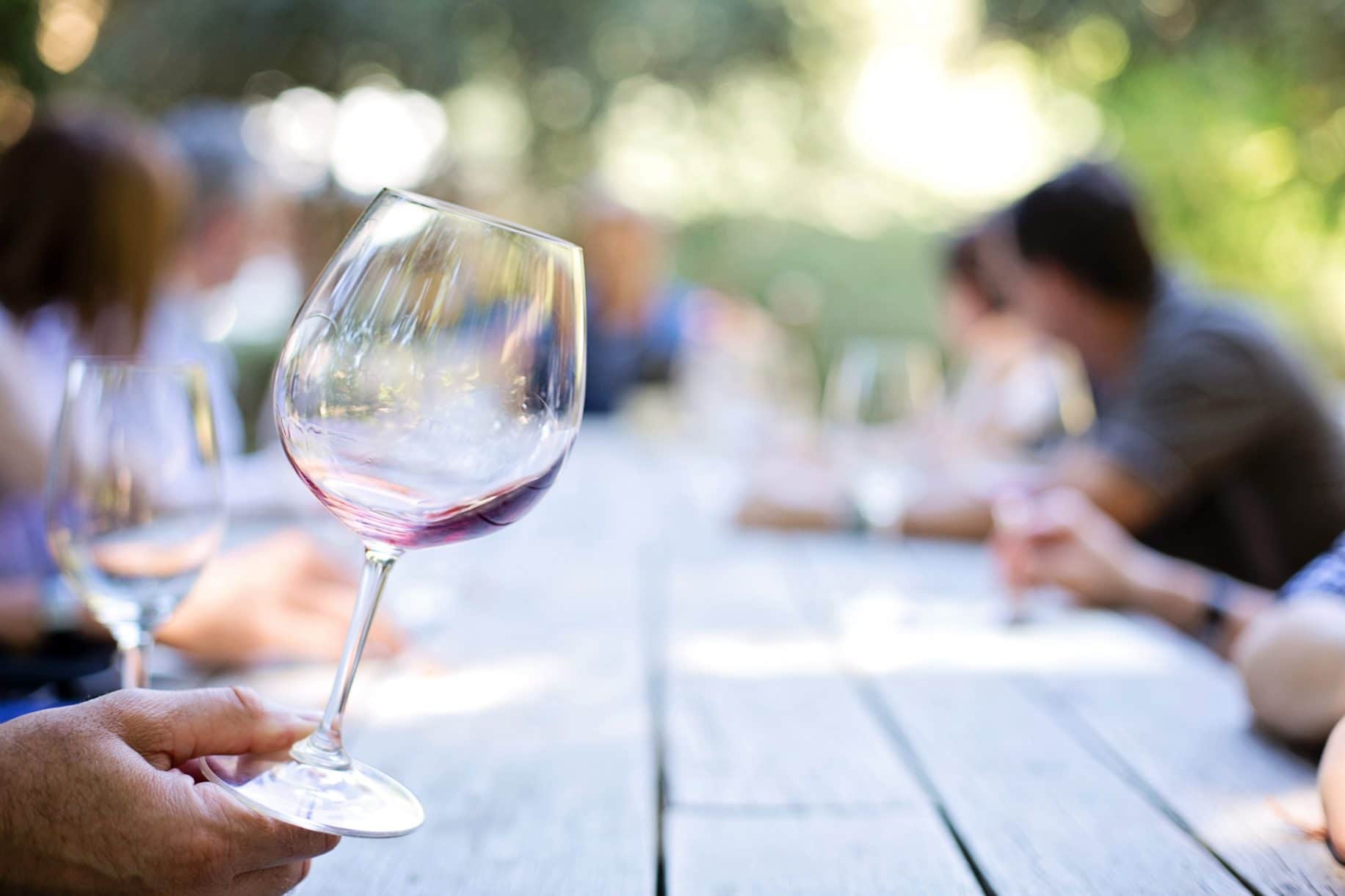

You must be logged in to post a comment.